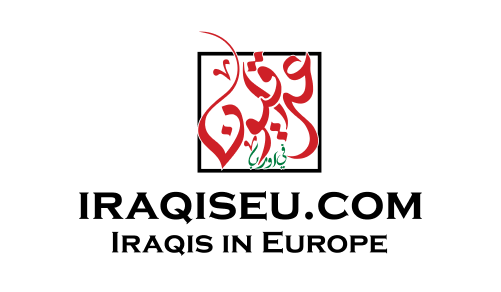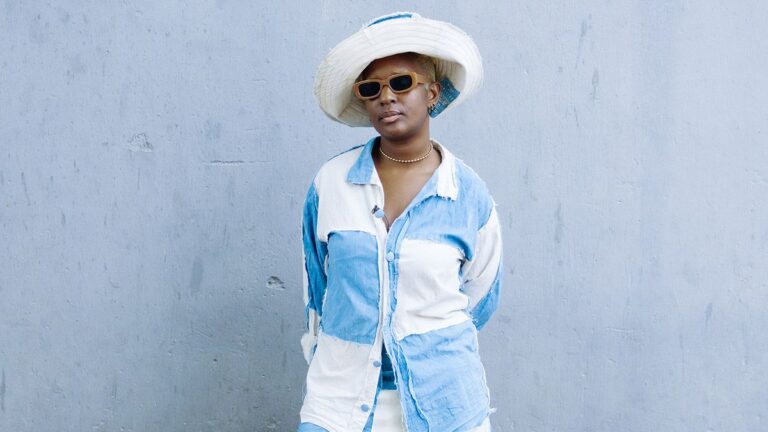This forces designers to make the most of their showcases, creating an experience to remember. “We see it as a performance, as a ritual installation, that we have to project every year to introduce people to the new ideas we’re exploring. It’s important to always show people what we’re working on,” says Ogisi, adding that Iamisigo holds one runway show a year. As a ‘wearable art’ brand, Iamisigo also partners with museums and galleries across the world, in a bid to reach new audiences. So far, the brand has been exhibited in two museums this year.
Wholesale expansion
Brands, particularly those that have a slower, more sustainable approach to production, struggle to fit into the traditional wholesale model. It typically requires designers to produce in larger quantities and fulfil orders in a short time frame. While securing wholesale partners can help emerging brands reach new consumers and distribute products in new markets, brands like Iamisigo are rethinking the wholesale model. “We are anti-capitalist, so in essence, we have to try and balance this anti-capitalist [positioning] with our existing,” says Ogisi.
That means striking a balance with creating fashion — or wearable art pieces — that do not adhere to or perpetuate extreme levels of consumption. However, Ogisi states that in order to scale, she does have to lean on traditional channels, such as retail. Current stockists include etailer Industrie Africa, Ghana’s The Lotto, Aby Concept in Côte d’Ivoire, AKJP in South Africa, Kenya’s Artisanal Gallery, and Nigeria’s Temple Muse.


